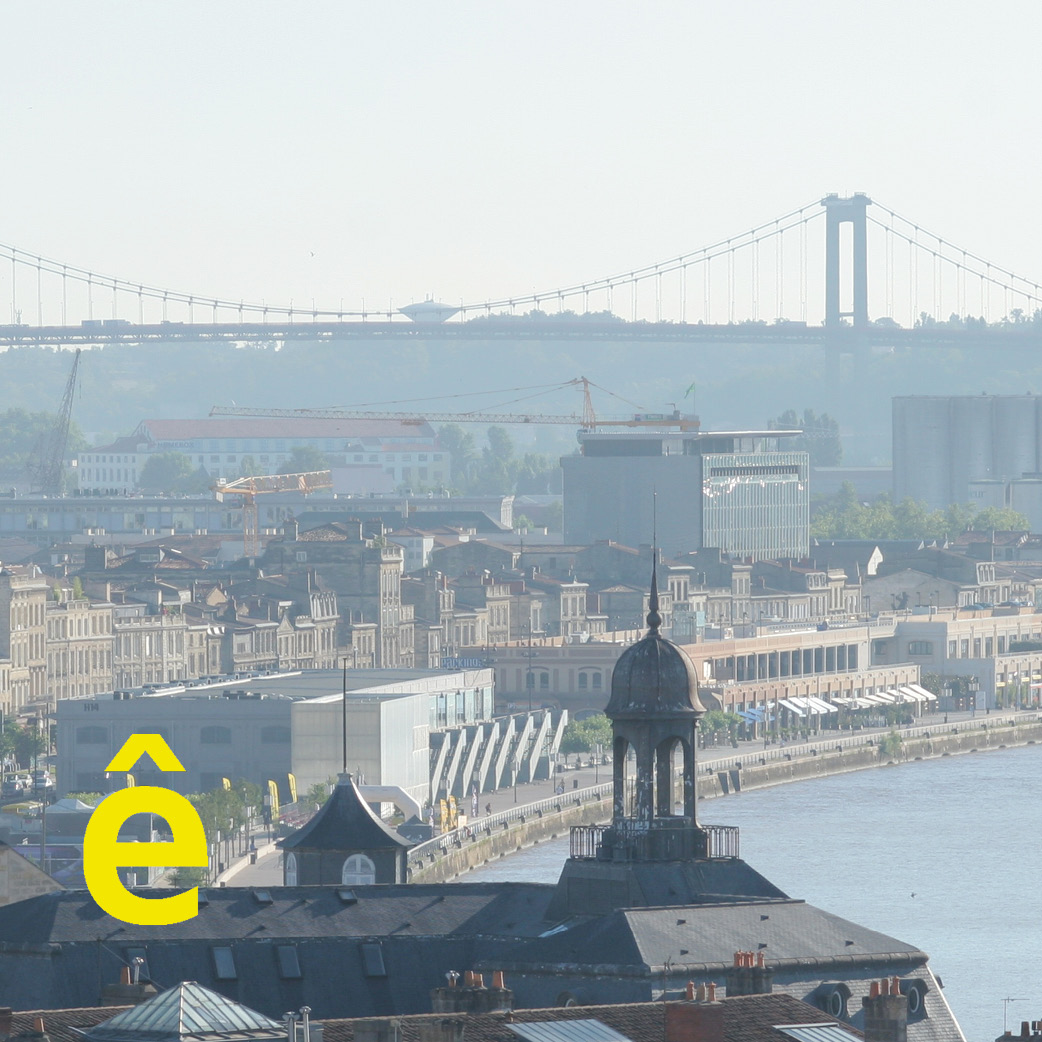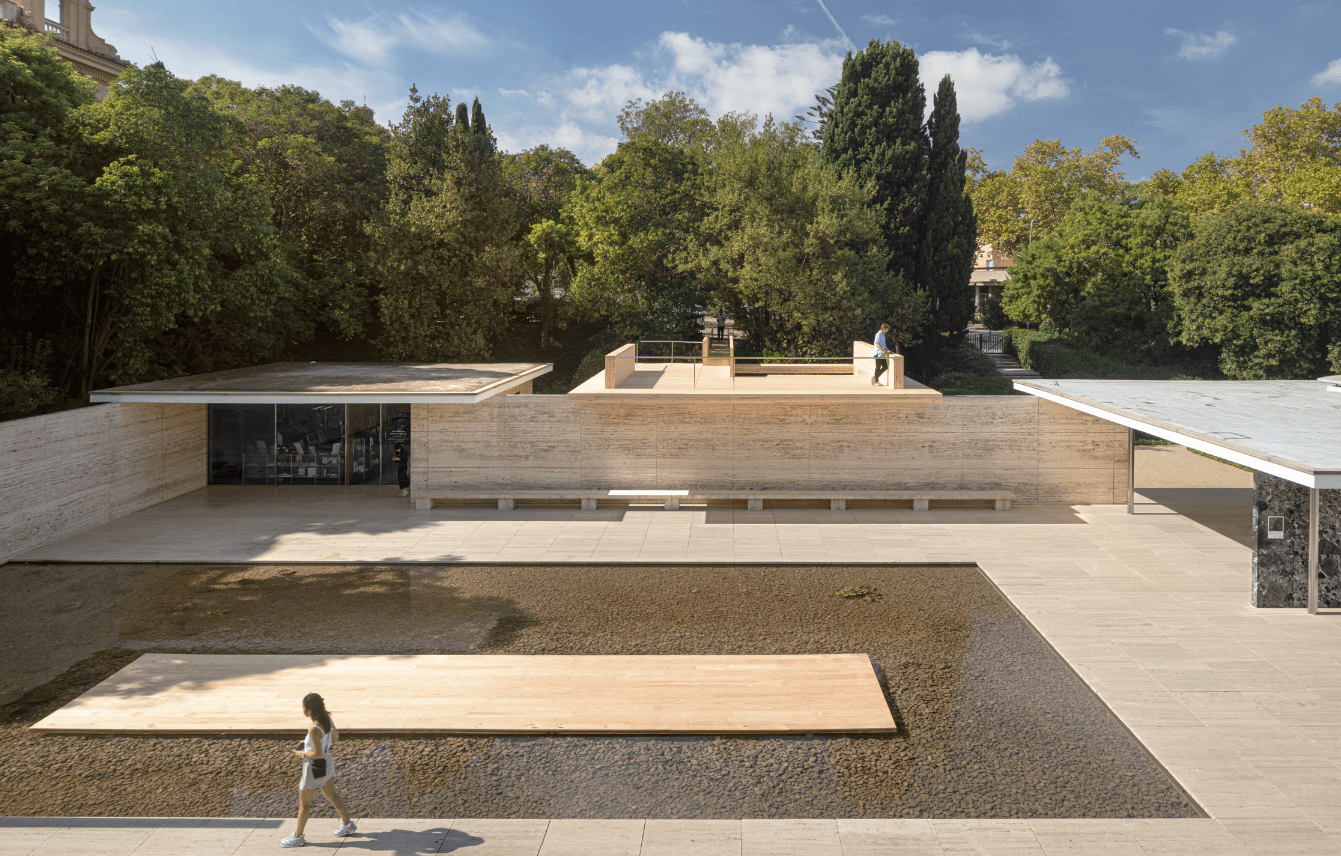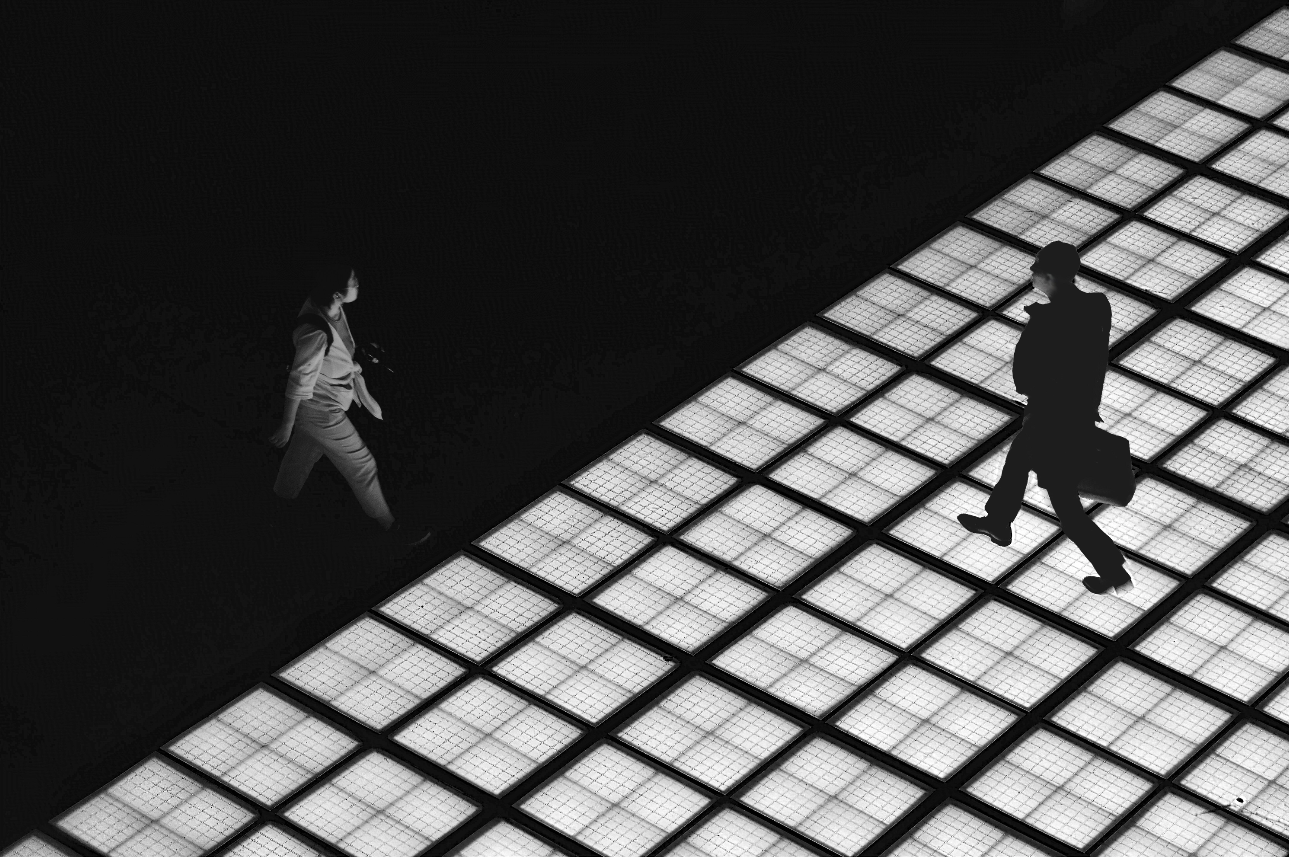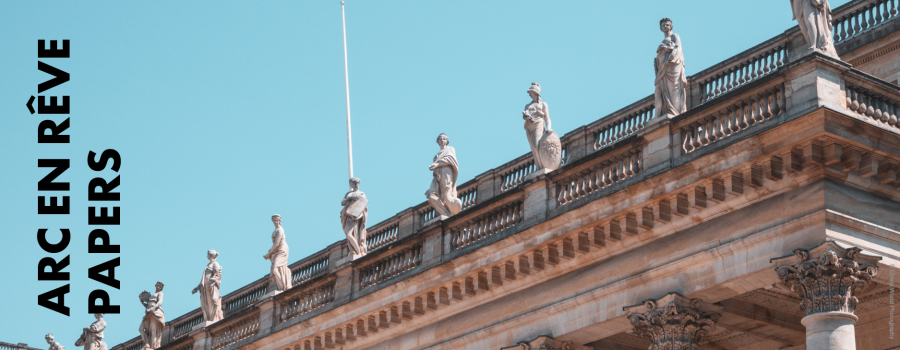
The Forest as an Inspiration
Until 12 February, arc en rêve presents « The classroom, architecture of adolescence », an exhibition devoted to the classroom as a support for learning and adolescent sociality. How can the architect take inspiration from a forest, to develop an efficient building that empowers students?
Following the South African architects Ilze and Heinrich Wolff’s interview, three other examples will be presented in arc en rêve papers, the supplementary files of the Bordeaux architecture centre distributed in partnership with L’Architecture d’Aujourd’hui. In the second part of this serie, architect Joaquim Moreno and Christophe Catsaros, architectural critic, discuss with Austrian architect Hermann Kaufmann.
SCHMUTTERTAL GYMNASIUM IN DIEDORF
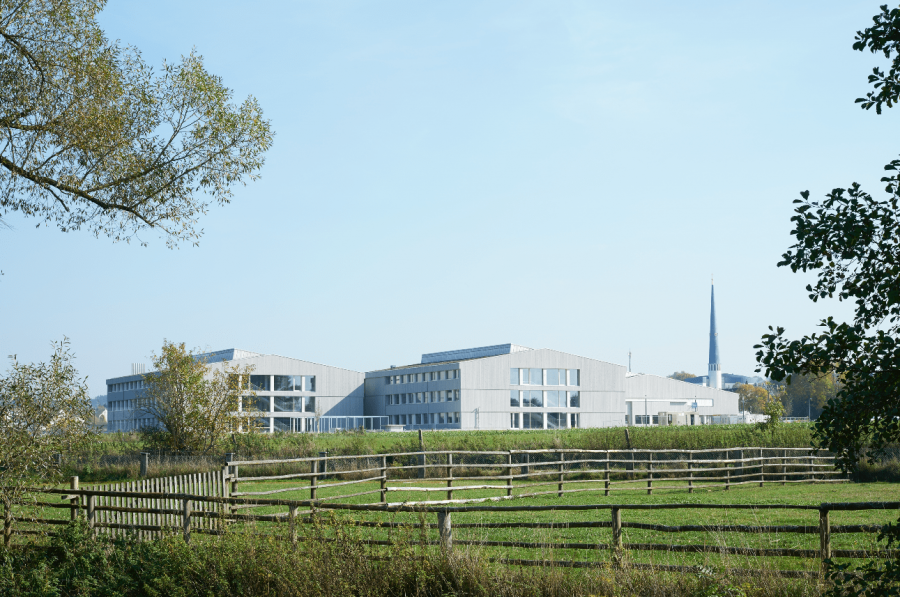
Joaquim Moreno: We look at schools after World War II when adolescence became more important. We are looking for those seed schools, from the 1960s, still in use. We also look for more contemporary examples, where interesting mutations have taken place. That’s where the Schmuttertal Gymnasium in Diedorf comes in. We have classified it in the “embodiment section”. This is in the sense of a learning environment, an ecology addressed to the bodies that inhabit it. In this respect, your choice to refer to a forest appealed to us. How does the theme of the forest inspire your project?
Hermann Kaufmann: The link with the forest is more formal and less part of an overall symbolism. It is an image that we used in the book to illustrate the idea behind the system of wooden columns and how they determine the shared interior space. It refers to the fact that the school is built of wood, but the concept is mostly related to the regularity of some of the forests found in Germany. Of course, one could be tempted today to link the use of wood to the function of the building to explain the reference to the forest. That of a place of education, and that of an ecological sensitivity being transmitted. But this is not what we had in mind when we called upon this image. What the image of the forest refers to is the regularity of the grid of wooden columns.
Christophe Catsaros: What about the educational function of qualitative wood constructions? It seems that there is a tectonic legibility in this project, and that it also plays an educational role. A sense of the well-built transmitted by the mere use of a building.
Hermann Kaufmann: This was indeed considered. By its design, the building makes certain ideas related to its own composition accessible. It is like an introduction to architecture. And wood makes this possible. If you expose the structure, you can see the load-bearing system and, of course, there is an educational dimension when you do this in a school. Even if the students don’t understand the engineering of the construction, you could say that they feel it, that they are aware of it.
Christophe Catsaros: This school was built 5 years ago. How has it evolved in relation to its use?
Hermann Kaufmann: At first, we were quite concerned about the fragility of the school. We were concerned about how some of the wooden structural elements were exposed and unprotected. We were pleasantly surprised to see that the school was absolutely respected by the users. No vandalism, no graffiti on the untreated wood. Six years later, the school still looks as good as when we delivered it.
There is certainly a psychological dimension to the fact that young people respect what is placed under their responsibility. Users, both students and school staff appreciate the openness of the school. Structural legibility is part of the way we conceive architecture. We think a lot about construction, and it’s a very defining element of what we build. Wood is a wonderful material to make the construction visible. The other thing we decided to do is that each column of this construction goes up 3 stories high.
The simplicity of the structure is not staged, it is real. Of the 100 columns, only one had to be split trimmed. Wood is a restraining material for an architect. It is a material with which you are not allowed to make constructive mistakes. Perhaps this clarity of construction also gives young people the impression that the building stands up.
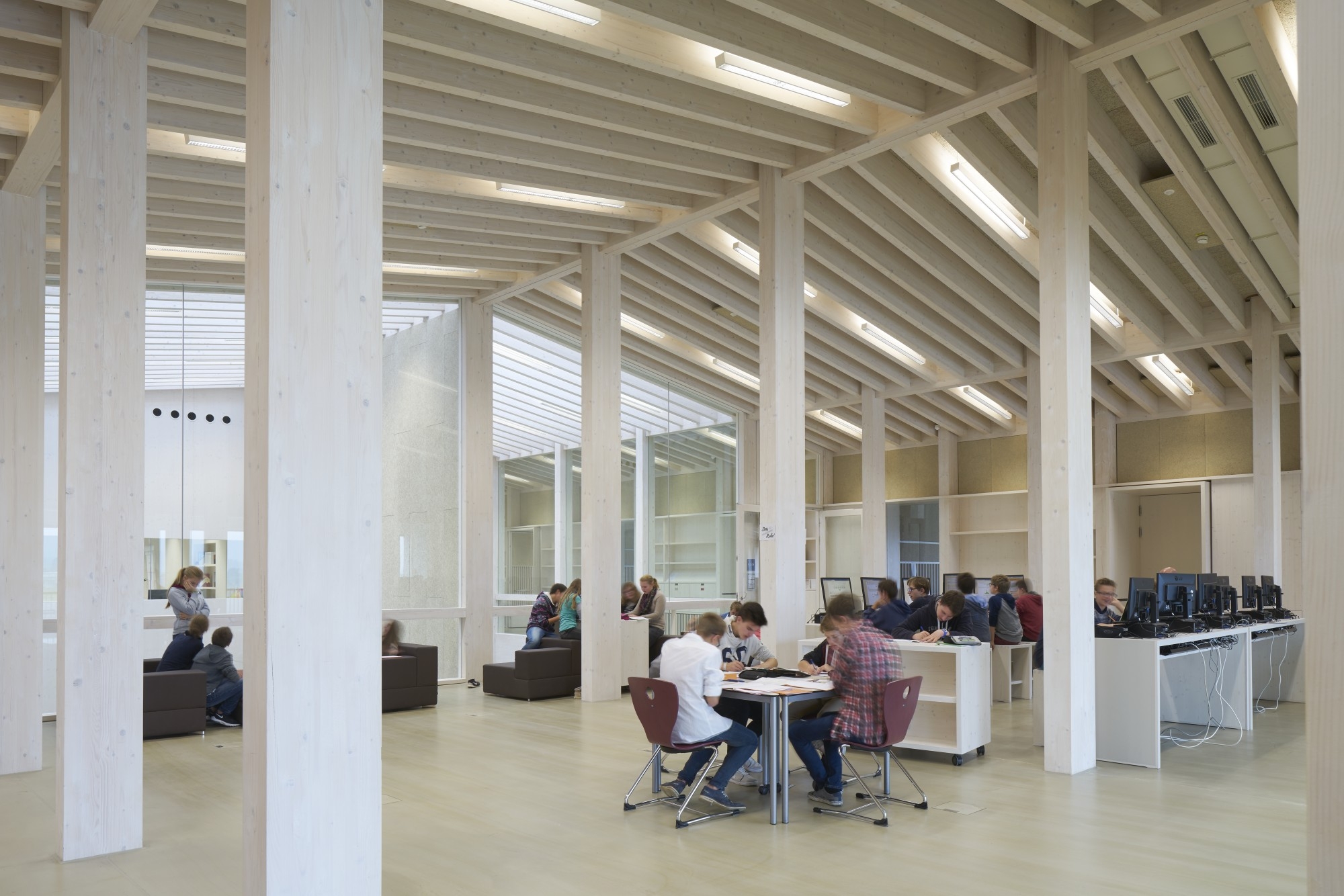
Christophe Catsaros: For a long time, stone building symbolized building excellence, the « well made ». Stone carried this symbolic function. Then concrete came and took over this role. Could we imagine that the wood plays this role in the future? Can it become the universal symbol of the « well made ».
Hermann Kaufmann: If you look at the evolution of things over the last 20 years, you’ll see that this has already started. There are so many projects, nationally and internationally, that are making the choice of wood. There is also a lot of “green” investment capital in the world. In our part of the world, wood construction is the obvious choice. The problem is the capacity of the wood industry, which is limited. Wood is a promising material, but the capacity of the industry is limited.
Christophe Catsaros: You mentioned tectonic clarity and its educational dimension. Can modeling be considered here? Could the Schmuttertal Gymnasium be a replicable model?
Hermann Kaufmann: We have also done schools where the construction is not visible. We cannot consider what we did at the Schmuttertal Gymnasium as a general replicable model. This project received research funding for work on the environmental footprint of the building. Questions such as, “What kind of wood, what kind of heating, how to avoid sick building syndrome” structured this research. And of course, everything we did had to be done without exceeding the construction costs. The disciplined and rational aspect of the construction is linked to its commitment to all these prerogatives.
Joaquim Moreno: The idea that a healthy body, the school as a structure, produces healthy bodies, the students, is quite interesting. The fact that the research money went into a project with that kind of perspective is also remarkable. The way you reduced the number of structures from 6 to 4 to reduce costs is a result of this research.
Hermann Kaufmann: Yes, that research funding helped us make an extra effort in terms of design.
Christophe Catsaros: All the woods are not the same, or are they?
Hermann Kaufmann: It depends on the task at hand. Personally, I have no problem with engineered wood. If you do not use engineered wood, it becomes more difficult to build at that scale. You cannot get the same beams and dimensions with glueless wood.
Christophe Catsaros: Are there things you would have done differently today?
Hermann Kaufmann: Florian Nagler (architect, cooperative partner) and I used a lot of technology to make this building efficient. The ventilation, the energy savings, all of that is based on sophisticated technology. Today, we would have tried to achieve the same performance with less technology. After finishing it, Florian had the idea that we should start researching how to build in a simpler way.
Apart from this self-criticism, we have had mostly positive feedback, both from the teachers and the pupils. The technology works, the building is as it was intended. No overheating in the summer, no major discrepancies between planning and reality. The problem is what happens when the technical manager gets sick! Then the machine doesn’t work anymore.
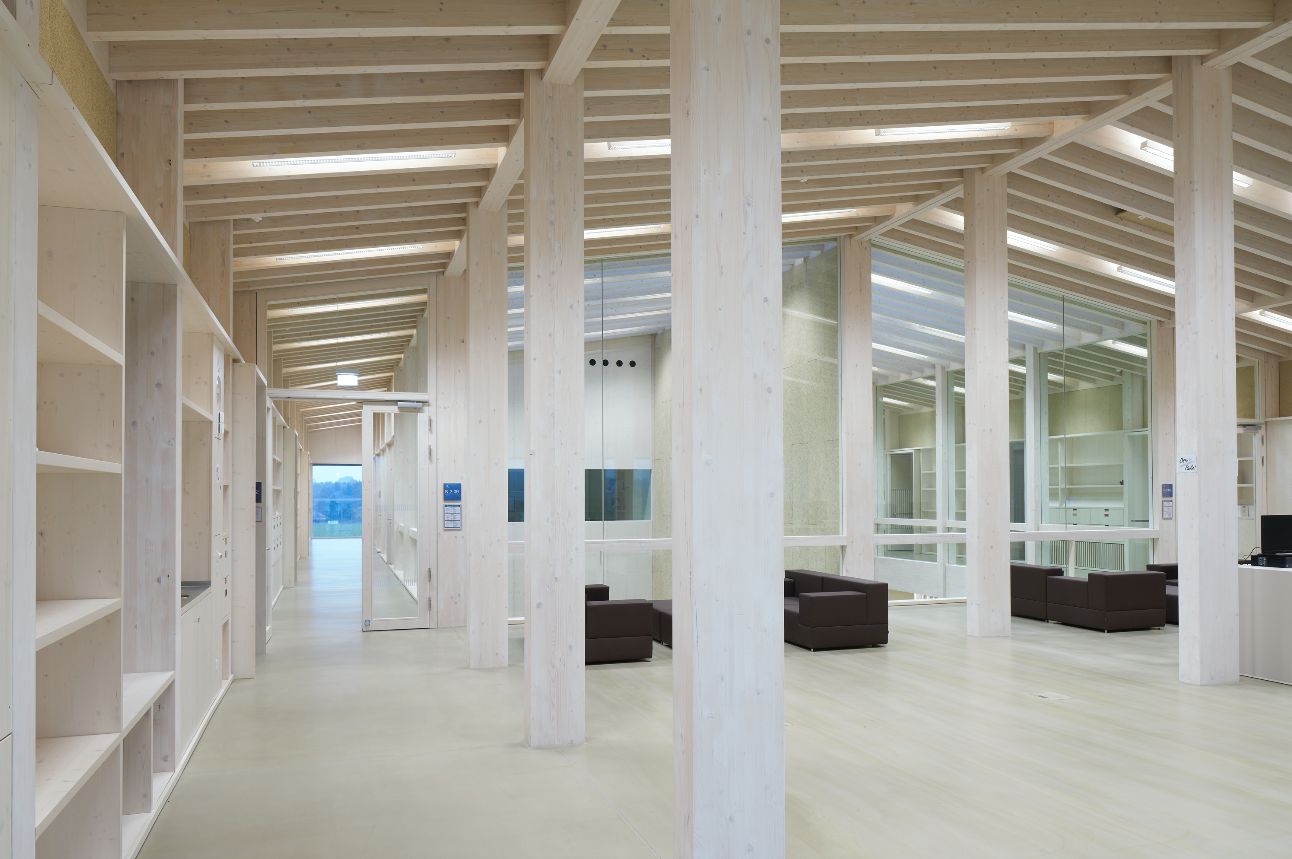
Joaquim Moreno: In the first ecological buildings, in the 60’s, like Henry Morgan’s solar wall, the users had the possibility to manipulate, to regulate the building. Is there such a thing in the Schmuttertal Gymnasium? Can students activate the function, is cross ventilation fully automated, and do students understand how it works, in terms of energy? Do they have a role to play?
Hermann Kaufmann: No, they don’t have a role to play. They can open the windows, but nothing more. Everything is automated.
Joaquim Moreno: Let’s get to the classroom layout. The college offers learning environments that don’t require strictly frontal attention.
Hermann Kaufmann: In most schools, you just close the door to get in a classroom. Here, a lot happens in the interstitial spaces, the hallways, and in the shared space. All 4 classrooms have a shared space that we call the marketplace. This pedagogical opening was driven by the teachers. They were encouraged by their principal to pursue in this direction. The places dedicated to learning follow in some way the evolutions that have already occurred in the workspaces. The school is composed of 4 buildings. One for sports, two with classrooms and one for the canteen and library.
Joaquim Moreno: Many schools are inspired by cloisters, the historical closed learning environments. This general layout of the Schmuttertal Gymnasium is that of an open square, in the middle of the buildings. How does this layout relate to the learning experience?
Hermann Kaufmann: The school is located next to the Diedorf train station, to make it easier for students to access the nearby villages by train. The school is not located in the center of the village. There is also a large hall with a stage in one of the buildings that is open to the whole community, for concerts, or collective events.
Christophe Catsaros: You said earlier that the wood industry is failing to provide what the market requires. Couldn’t we imagine a construction ecosystem that accepts slower access to materials? Slow down the pace of construction, from planning to delivery, to allow local wood the time it needs to meet an area’s demand?
Hermann Kaufmann: That’s not the key problem. The key problem with wood is that we use too much wood for energy, pulp and paper and disposable uses. There is enough wood if we reduce these factors.
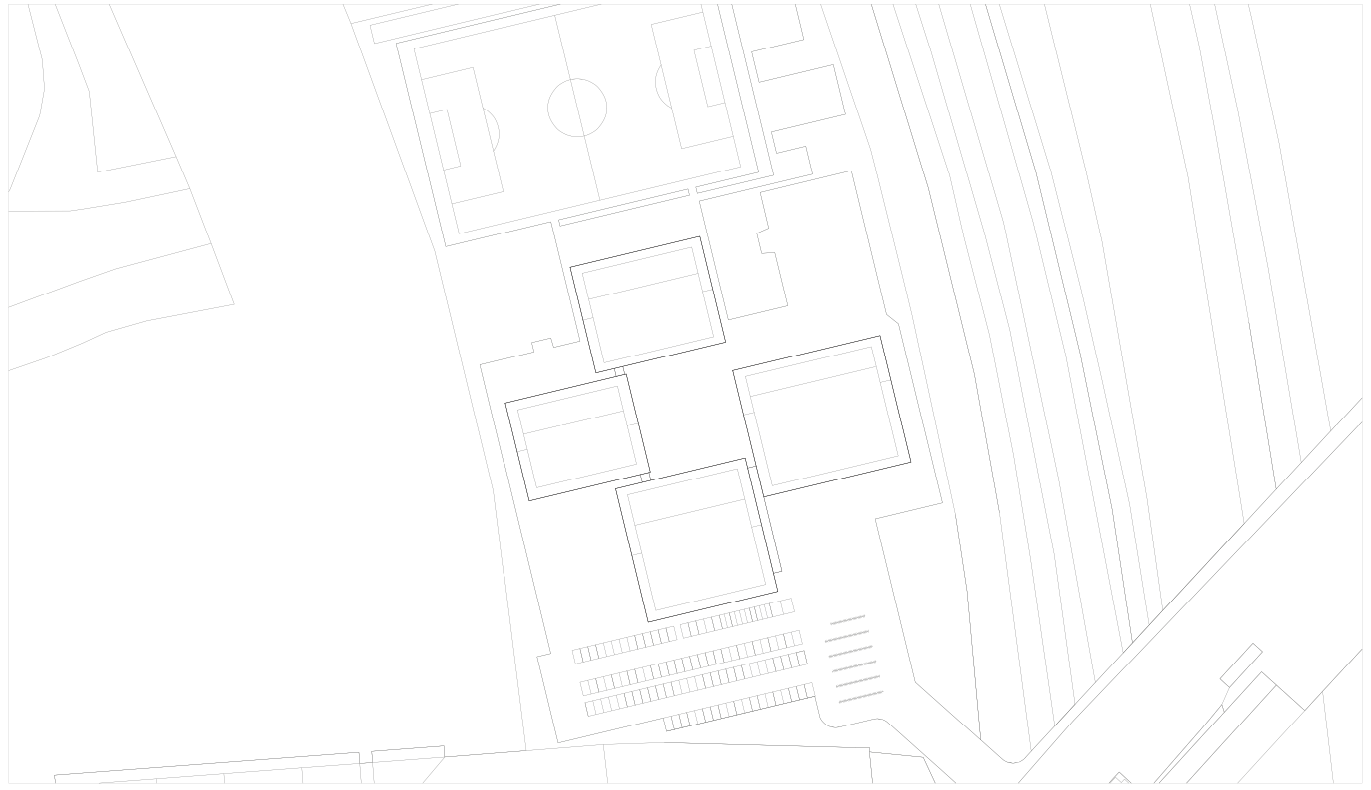
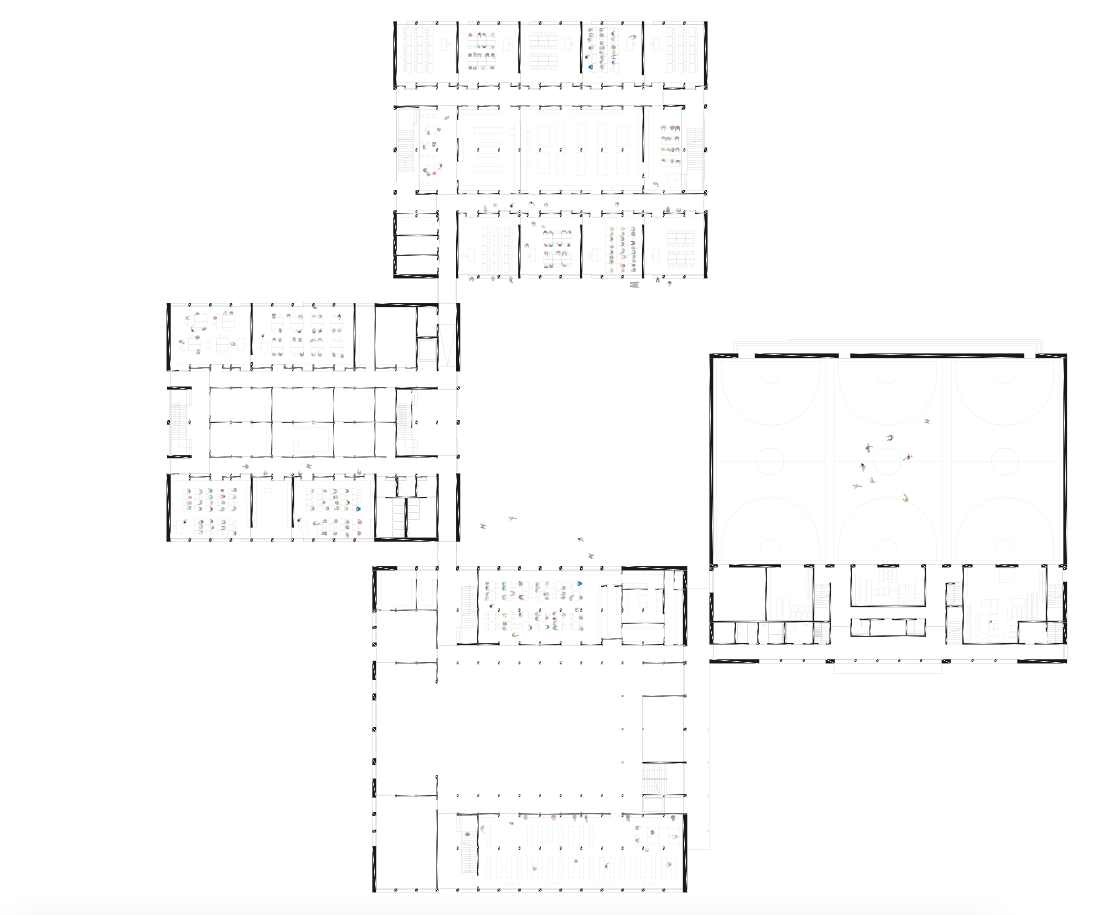

Exhibition « Classroom, architecture of adolescence »
arc en rêve architecture centre, Bordeaux
Until 12 February 2023
Discover all arc en rêve papers by clicking on this link.

